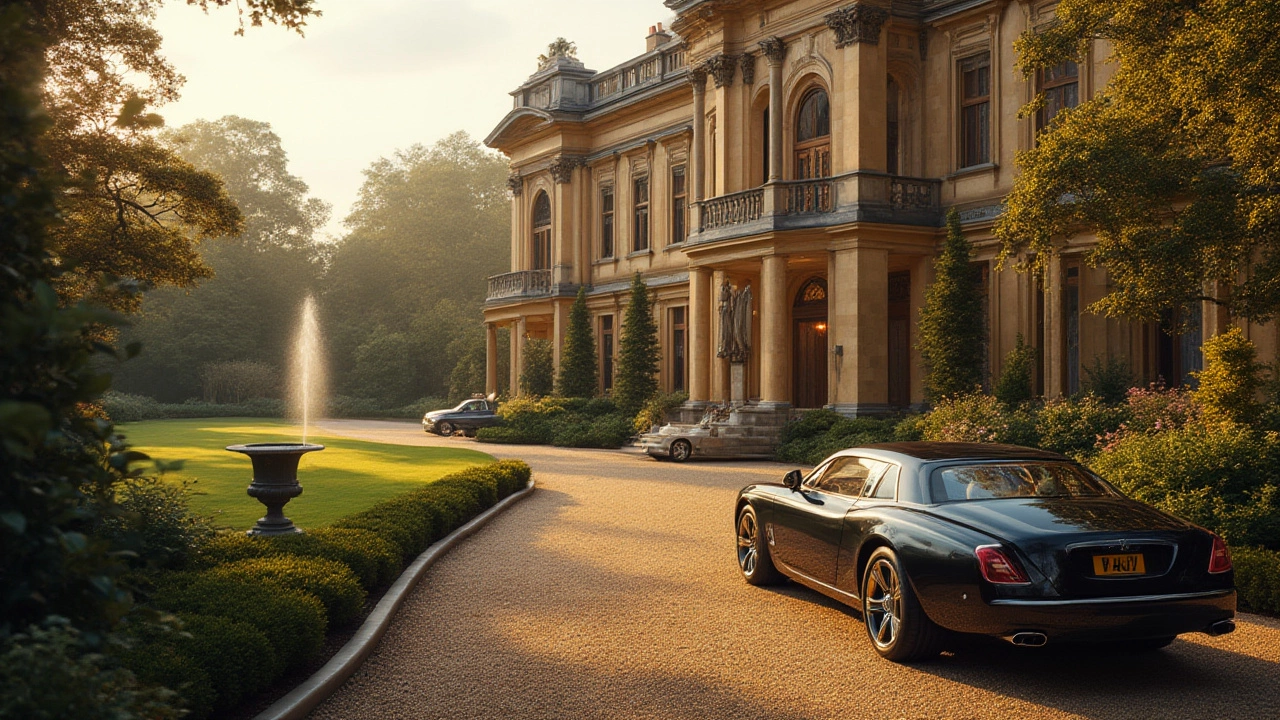Antilia Mumbai – Inside the World's Largest Private Home
If you’ve ever Googled ‘biggest house in the world’, you’ve probably seen pictures of a towering glass building in Mumbai. That’s Antilia, the private palace owned by billionaire Mukesh Ambani. It’s not just a house; it’s a skyscraper that lives on a single plot, and it’s sparking endless conversations about wealth, design, and practicality.
What Makes Antilia So Massive?
Antilia rises 27 stories (about 173 m) and boasts over 400,000 sq ft of floor space. That means if you walked from one end to the other, you’d cover the distance of three football fields. Inside you’ll find a health spa, a multi‑storey car park for more than 150 cars, a ballroom for 800 guests, three helipads, and even an indoor snow room that can chill the air to sub‑zero temperatures. Every floor feels like a boutique hotel rather than a typical family residence.
Design Choices and Cost
The structure was designed by the UK firm Perkins & Will, and local construction giant Leighton India oversaw the build. Materials range from high‑grade marble and gold‑plated fittings to imported teak wood. Exact figures are guarded, but estimates put the price tag anywhere between $1‑2 billion. To put that in perspective, the entire cost could buy several luxury resorts in the UK that we feature on our site.
One of the most talked‑about features is the ‘floating’ façade. The glass panels are staggered so the building appears to climb rather than sit. This not only looks striking from the street but also helps reduce wind pressure on the structure—a practical move in a coastal city.
Security is another big aspect. Antilia has a 24‑hour security team, bullet‑proof glass, and a network of CCTV cameras that monitor every corner. The design includes an underground bunker that can shelter the family for days if needed.
While the scale is mind‑blowing, there are critics who argue that a home of this size is wasteful, especially in a city where many still lack basic shelter. The debate highlights the gap between ultra‑wealth and everyday living conditions, a conversation that resonates worldwide.
For anyone curious about how a private residence can double as a mini‑hotel, Antilia offers a masterclass. Each floor is self‑contained, with its own lounge, kitchen, and bathroom. Guests can stay on a specific level without ever needing to use the stairs—perfect for a family that enjoys both privacy and large‑scale entertaining.
If you’re dreaming of a luxury retreat, Antilia shows how design can push limits. While most of us will never own such a property, the ideas—like incorporating a spa, a gym, and plenty of natural light—can be scaled down for a cozy UK cottage. Think of adding a small indoor sauna, a dedicated guest suite, or even a rooftop garden to bring a taste of Antilia’s lavishness to a countryside setting.
In short, Antilia Mumbai isn’t just a house; it’s a statement about what modern wealth can achieve when architecture, technology, and extravagance merge. Whether you love it or question its purpose, it’s impossible to ignore the impact it’s had on the conversation around luxury homes worldwide.
Who Owns the Most Luxurious House in the World? Epic Mansions, Surprising Owners, and Jaw-Dropping Features
Peek inside the world’s most luxurious homes, discover the surprising billionaires behind them, and see what makes these places the pinnacle of home design splendor.
- Jul, 20 2025
- 0 Comments
